Visual Advertising: How to Create a Story Worthy of Attention

Visual information is a vital element of human communication. Images and videos are easily digestible and shareable, which is so important in our digital era of oversaturated data and social media.
Appealing visual content can help companies stand out from the competition and grab people’s attention. What’s more, compelling visuals can evoke emotion and form strong brand associations.
In this article, we’ll share visual advertising techniques that can help you create a compelling visual story, attract attention, and stay competitive in the market. We’ll also share tips for creating catchy content. Read on to find out more.
What is Visual Storytelling?
Visual storytelling is a part of content marketing that primarily uses images or videos to tell a story. It can be utilized to convey powerful messages without a single word. This method focuses not only on storytelling, but also on the use of emotional triggers.
Visual advertising techniques
To create eye-catching advertisements and engaging stories, you must be familiar with visual advertising techniques that captivate people’s attention and elicit an emotional response. Below we’ll go through some techniques that will help you stand out and connect with your audience on a deeper level.
Visual weight
Visual weight is the level of significance of a scene object. It is often achieved through the use of contrast, color, or both. The more visual weight an object has, the more contrast it has. And the greater the contrast of an object, the more attention it attracts.
Visual weight allows us to accurately place focus in a scene, indicating which objects are important to the story and which ones are not. This technique helps advertisers draw people’s attention exactly where they want it.
The visual weight of an object is determined by a number of factors. These include size, color, shape, texture, orientation, contrast, saturation, density, movement, white space, Z-depth, and other factors.
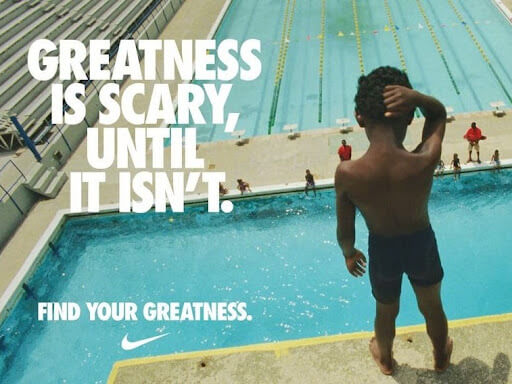
Visual movement
Visual movement is a technique that guides viewers through content in a certain way. When presented with a new image, page, or ad, people demonstrate similar visual patterns based on typical eye movements. As a result, everyone navigates through content in the same way.
People often follow two letter-shaped visual paths. The first is a Z-shape, in which eye movement goes from the top left corner to the top right corner of a page, then diagonally to the bottom left corner, and finally to the bottom right corner.
The second is an F-shape, in which eyes move from the top left corner to the top right corner of a page, then drops slightly and repeats the same movement across the page.
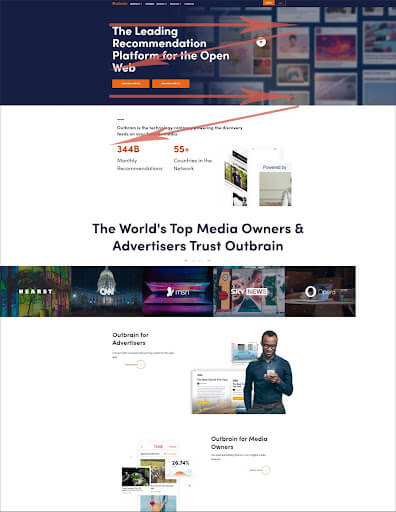
Composition
Composition plays a vital role in visual advertising. Composition refers to how all of the image’s components are arranged in the viewable space. The composition should be harmonious and well-balanced.
You can use the golden ratio, the rule of thirds, focal point, negative space, and symmetry to achieve a well-balanced composition.
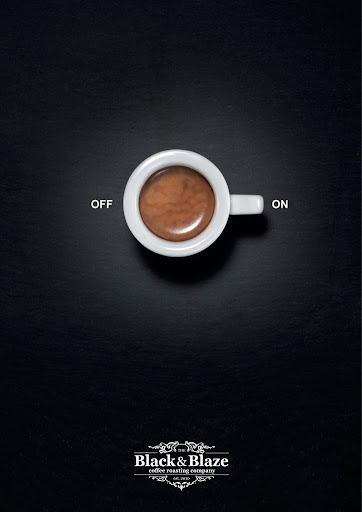
Colors
Colors have the ability to evoke strong emotions. Marketers and designers use a limited color palette for specific products within an industry. They combine color with a product to evoke certain feelings and create their desired mood, since people tend to associate a product with the emotions they have experienced.
For example, people associate green with calmness, peace, balance, harmony, and the environment, while red is a vibrant color associated with passion, risk, confidence, anger, and danger.
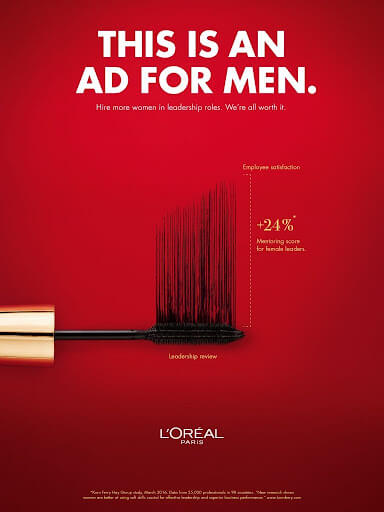
Associations
Advertising primarily aims at evoking positive associations with a product in the minds of consumers. Marketers use happy or wealthy people to urge consumers to buy their products. People associate the state of people in advertisements with the goods that they own or use. Such messages are extremely powerful and have an impact on the human mind.
People also like to associate themselves with famous and successful people. For example, when they see athletes in advertisements, they believe that if they buy the same sports equipment or clothing as these celebrities, they will become the same.

Symbolism
Symbolism is a form of visual advertising that relies on associative bonds. Symbols usually have a deeper meaning that lies beneath the surface of the visual.
Marketers employ symbols in visual advertising to communicate deeper meanings in simple forms, and to create stronger unconscious associations with a product.
For example, when a brand wants to emphasize that their product has a fresh scent, they can utilize ice, frost, water, mint, or citrus fruits.
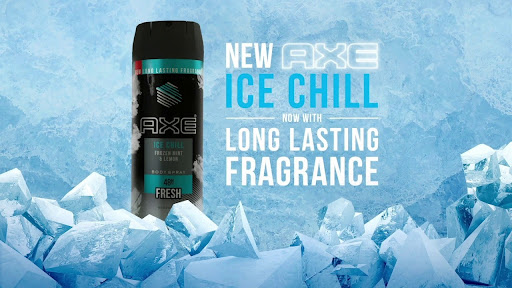
Before/after image
Showing a before and after image is a popular method to encourage people to buy your product or service. The before/after technique helps brands instantly and overtly demonstrate the value and relevance of their products.
Marketers can use this method for products designed to show immediate results and value, such as self-tanning products. Alternatively, before/after images can demonstrate life without the product, and then life with the product. The second image, of course, should be more positive.

How to Draw More Attention to Your Content
Marketers should employ visuals to draw people’s attention not only to the company’s advertising, but also to other online marketing and branding materials used by the company. Here are five tips to help you create engaging visual content.
Follow trends
Many brands use visual communication in their content marketing strategies. Therefore, to effectively communicate with your target audience, you need to keep up with trends.
Outdated content is unlikely to grab a consumer’s attention. Keeping up with trends allows you to stay ahead of the competition, deliver new experiences to your customers, and identify new advertising opportunities. Watching trendy content can also help you come up with fresh ideas faster, avoid creative pitfalls, and determine what works and what doesn’t.
Keeping track of the latest visual trends in your industry will provide you with useful insight into your customers and what they are responding to positively.
Avoid overused stock images
Many businesses want to control their budgets by reigning in their spend on visual production. With stock content sites, you can quickly and easily complement your text with trendy and affordable visuals.
Modern stock content platforms offer a wide range of ready-made products, such as images, videos, vectors, illustrations, and even music. However, it is very easy to fall into the trap of using generic and overused images.
When looking for visual content for your company, avoid cliche photos with artificial smiles and unrealistic settings. Choose photos with minimal retouching and visually appealing colors.
Use professional design tools
Amplify your message with an impressive design. Use professional design tools to create one-of-a-kind content. Today’s market offers a wide choice of tools for all-level professionals, in order to help them create compelling visuals.
For example, you can use a platform like VistaCreate, an online graphic design tool for quick, easy creation of a variety of visual content for commercial and personal use.
The service offers many professionally designed templates for different platforms, and it is suitable for creating animated graphics. You can even remove the background and add your own texts, images, music, and brand elements.
Turn text or audio content into visuals
Reach new audiences and draw more attention to existing text or audio content by turning them into appealing visuals. Infographics, charts, and checklists can help you make number-heavy content more digestible. Animated graphics and video can help you visualize audio.
Long formats should be distributed on specific platforms, while short formats – on social media. Upload long videos to YouTube, and share short snippets of these videos on other platforms. The same can be done with infographics. Share full data on your website and cropped images on social media.
Adapt visuals to each platform
Visually appealing ads can reach your target audience wherever they are. However, to be sure of your success, analyze how well your visuals fit into different sharing platforms.
Think about what formats you will need for different platforms in advance. Consider size format and image or video orientation for each social network.
Make Your Ads Stand Out, Visually
Understanding basic psychology and design principles can help in creating ads and content that are visually engaging, and will help promote or sell your company’s products or services. For brands to communicate their messages and ideas quickly and easily, there is no substitute for the power of visual advertising.




